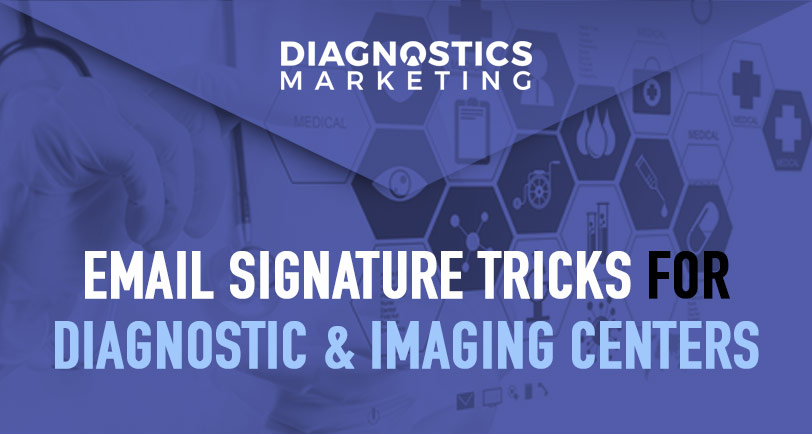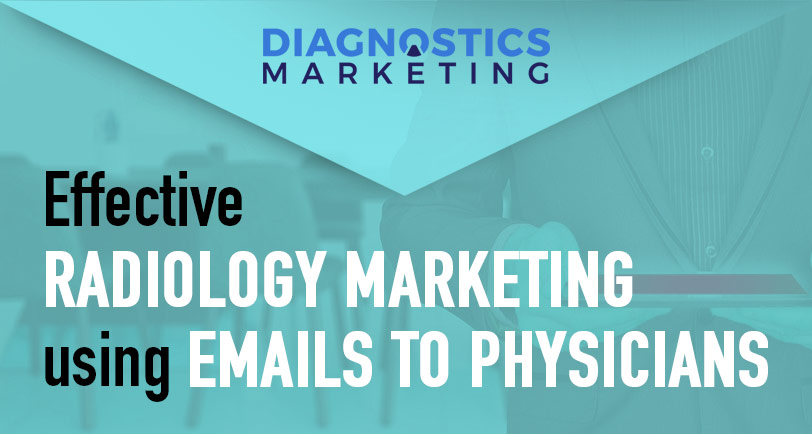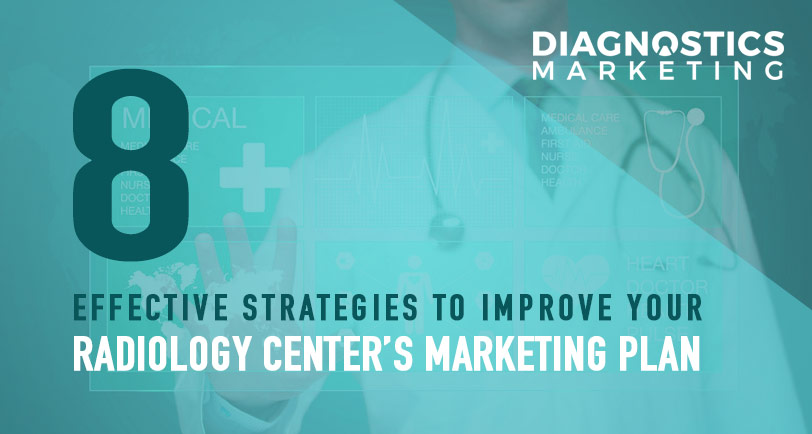
by diagnostics | Nov 14, 2017 | Blog, Business, Business Building, Content, diagnostic marketing, Email, Marketing
A Good Email Signature Is an Easily Accessible Tool in Your Diagnostic Imaging Marketing Strategy Toolkit According to Sumo, the average person receives 124 business related emails per day. That’s a lot of competition. When it comes to diagnostic imaging...

by diagnostics | Nov 13, 2017 | Blog, Business, Business Building, diagnostic marketing, Email, Marketing, Uncategorized
Marketing to physicians should be a cornerstone of any imaging center’s overall strategy. Effectively marketing to physicians comes down to professional relationships. Building and maintaining relationships with both current and prospective referring physicians is the...

by diagnostics | Nov 13, 2017 | Blog, Business, Business Building, diagnostic marketing, Marketing, Uncategorized
If you’re in the business of diagnostic imaging marketing, you have a lot of tools at your disposal. From patient outreach to physician referrals, using your resources effectively is key. In today’s world, online is the place to focus your diagnostic imaging marketing...




